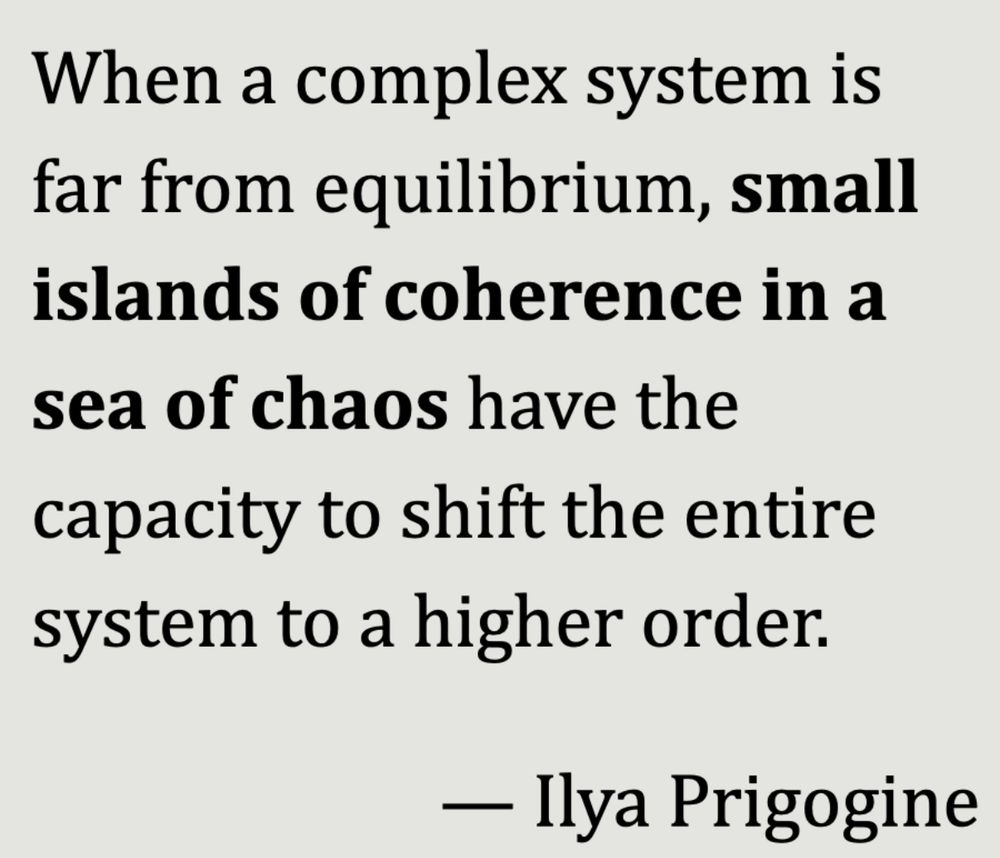#complexityscience #medicine
www.newyorker.com/magazine/202...

#complexityscience #medicine
www.newyorker.com/magazine/202...
👀https://buff.ly/p2Uh1PI
#BiomechSky



#physio
#painscience
#neuroskyence
🧪🛟
www.tandfonline.com/doi/full/10....

#physio
#painscience
#neuroskyence
🧪🛟
www.tandfonline.com/doi/full/10....
If you work with movement, read this!
Human performance isn’t about optimizing parts. Rather, it is a continuous process of adaptation to ever-shifting constraints, both internal & external.
#movement #movementscience #sportscience #physio #physicaltherapy
shorturl.at/i59kC

If you work with movement, read this!
Human performance isn’t about optimizing parts. Rather, it is a continuous process of adaptation to ever-shifting constraints, both internal & external.
#movement #movementscience #sportscience #physio #physicaltherapy
shorturl.at/i59kC
#painscience #physicaltherapy #sportskyence
pubmed.ncbi.nlm.nih.gov/35850720/

#painscience #physicaltherapy #sportskyence
pubmed.ncbi.nlm.nih.gov/35850720/
#nonergodicity #humanhealth #medicine #painscience

#nonergodicity #humanhealth #medicine #painscience

#neuroscience #painscience #medicine
Maimon on the limitations of pure connectivity data in the fly

#neuroscience #painscience #medicine
Even grammatically, we have to assign units to uncountable concepts, pointing to this paradox. Did those units exist before we created them?
What about the other direction? >
Even grammatically, we have to assign units to uncountable concepts, pointing to this paradox. Did those units exist before we created them?
What about the other direction? >
#medicine #painscience #complexityscience
www.sciencedirect.com/science/arti...

#medicine #painscience #complexityscience
www.sciencedirect.com/science/arti...
www.nature.com/articles/s41...
Some aspects are well predicted, others are extremely difficult.
doi.org/10.1038/s415...

Some aspects are well predicted, others are extremely difficult.
doi.org/10.1038/s415...
Iya Prigogine, Noble prize-winning chemist

www.researchgate.net/publication/...
#medicine #science #research

www.researchgate.net/publication/...
#medicine #science #research
Interesting #aging study quantifying contributions to disease patterns & mortality #medsky #academicresearch #neuroskyence #immunosky #neuroinflammation
“Your body isn’t just moving -it’s networking” Madhur
#neuroscience #physio #movement
www.researchgate.net/publication/...

“Your body isn’t just moving -it’s networking” Madhur
#neuroscience #physio #movement
www.researchgate.net/publication/...
#complexityscience #neuroscience
Interesting work linking network topology concepts to neuroscience!

#complexityscience #neuroscience
The same process drives creativity, where diverse ideas combine into something greater than the sum of their parts.
#neuroscience #creativity
The same process drives creativity, where diverse ideas combine into something greater than the sum of their parts.
#neuroscience #creativity
#painscience #medicine #physio #evolution

#painscience #medicine #physio #evolution
#ComplexSystems science bridges this gap, offering explainable, dynamic models for personalized care. #PrecisionMedicine #DigitalTwins 🧪 #MedSky #NetSky
👉 rdcu.be/d6CJJ
🧵 1/

#painscience #behavior&evolution #physio #physiotherapy #meidince.
pubmed.ncbi.nlm.nih.gov/39777271/
#painscience #psychology

#painscience #behavior&evolution #physio #physiotherapy #meidince.
Another great interview from Madhur!
#education #science #work #ai #growth #evolution
m.youtube.com/watch?v=vFlj...

Another great interview from Madhur!
#education #science #work #ai #growth #evolution
m.youtube.com/watch?v=vFlj...
#physio #physicaltherapy #painscience #medicine
www.jospt.org/doi/abs/10.2...

#physio #physicaltherapy #painscience #medicine
www.jospt.org/doi/abs/10.2...

